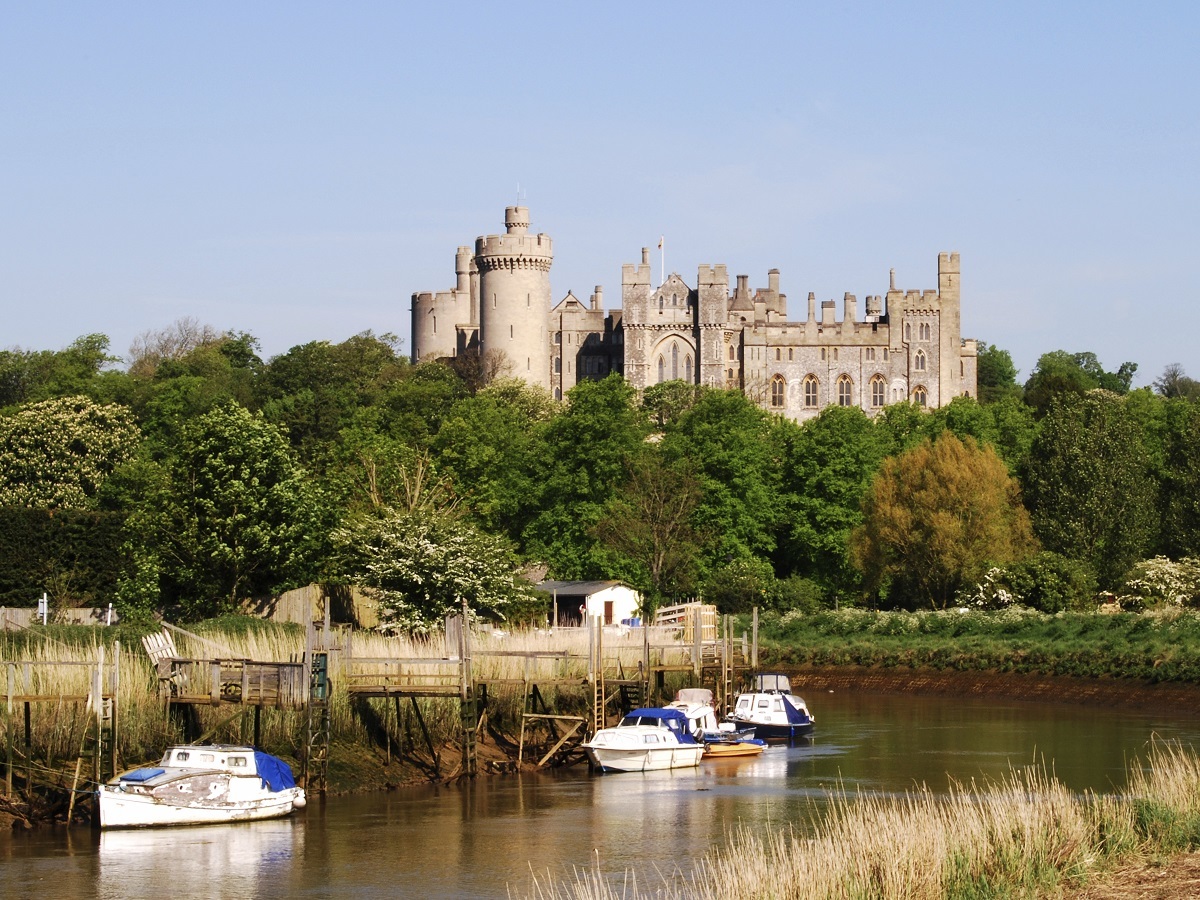
THERE are few counties in England that offer more in the way of history than Sussex.
And though it’s hard to comprehend as you travel around its picturesque towns and villages today, much of its past is bloodstained.
It shouldn’t come as a surprise. This was the place, after all, where William the Conqueror landed his army to deliver one in the eye to King Harold and carry out the last successful invasion of mainland Britain.
It was probably for practical reasons rather than an appreciation of the local attractions that William didn’t venture further than Hastings during the first fortnight of his stay in 1066.
Nearly 1,000 years on, students of history will find plenty to occupy their time in the abundance of castles and battle sites.
Gifting the land to a loyal baron, the original castle at Arundel was founded on Christmas Day 1967, exactly a year to the day after William’s coronation.
Although rebuilt in the late 19th Century, many of the original features survive.
It is still the country home of the Earl of Arundel, which is the oldest existing earldom in the Peerage of England.
 The gorgeous little towns and villages have so much to offer to visitors (Nick Hawkes)
The gorgeous little towns and villages have so much to offer to visitors (Nick Hawkes)
The current Earl (who is also the Duke of Norfolk) is the 36th since the title was created.
The Earl kindly lets you wander around his house, open seven months of the year, (April to October) in exchange for £18 (£15.50 for seniors and £9 for children under 16).
One item you’ll come across in the house that may come as a surprise is the rosary belonging to Mary, Queen of Scots, which was retained by her on the scaffold to within a few moments of her death.
If an entrance fee of £36 for two has you saying a few prayers you can buy a grounds-only ticket for £9 each instead.
The themed gardens make for a delightful stroll and the grounds ticket will also allow you to view Arundel’s majestic crown fountain, which gives the appearance of a gold crown being suspended on a jet of water. It’s worth the admission money alone.
The barons weren’t so loyal to their king by the 13th Century and it was at nearby Lewes in 1264 that forces led by Simon de Montfort did battle with Henry III over the sovereign’s reckless spending.
Suitably, Lewes Castle is much cheaper than Arundel (£7.20) to view.
Also in Lewes you’ll find a reminder of another King Henry that lived to excess.
While the first sight of Anne of Cleves led to an immediate annulment of her marriage to Henry VIII rather than love (and did for Thomas Cromwell in his role as the king’s favoured adviser), Henry was generous in the divorce settlement to his fourth wife.
One of his gifts was a Wealden hall-house, which has now been turned into a Tudor museum displaying authentically furnished rooms and a traditional Tudor planted garden.
If the mood should take you (and it did me) you can dress in Tudor clothing as you’re walking around, just to add to the effect.
 Darryl gets into the Tudor mood
Darryl gets into the Tudor mood
Sussex’s other Royal relic worth investigating (particularly the tea room) is the glorious explosion of pepper-pots and minarets that is the Royal Pavilion.
George IV’s ‘palace by the sea’ would look more at home in the middle of Bangalore than Brighton, so much so that it was mistaken for a mosque by the English Defence League who planned to march on it last year until their mistake was pointed out by the police.
Just as the Taj Mahal was built to demonstrate a Mughal emperor’s love for his favourite wife, so too King George had Brighton Pavilion commissioned with a woman in mind.
Long estranged from his wife, Princess Caroline, he wanted a retreat from London where he could entertain his mistress, Maria Fitzherbert.
Maria liked Sussex so much she stayed there after George’s death and is buried in the cemetery at St John the Baptist’s Church in Kemp Town.
I can’t say you’ll love it enough to want to die there, but I’m sure you’ll find Sussex an appealing destination for a short break.Blackpool rocks again: Favourite seaside getaway for Scots sees upturn in fortunes – click here to read more

Enjoy the convenience of having The Sunday Post delivered as a digital ePaper straight to your smartphone, tablet or computer.
Subscribe for only £5.49 a month and enjoy all the benefits of the printed paper as a digital replica.
Subscribe